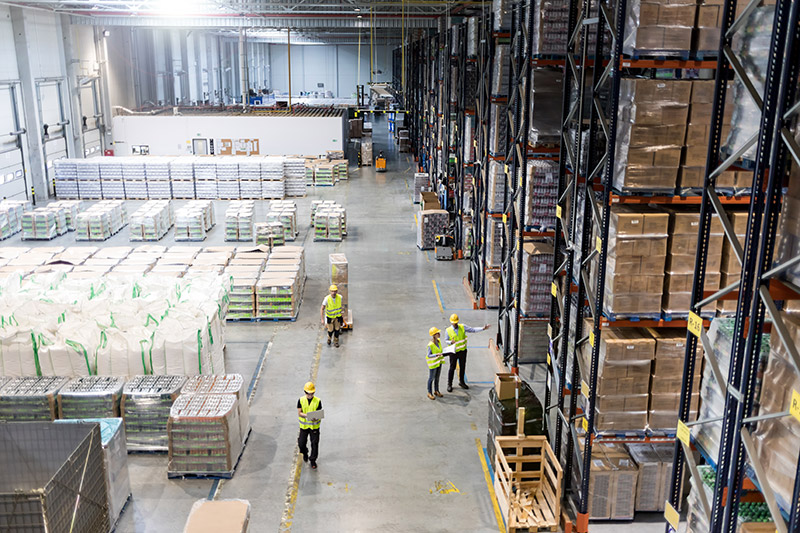A Warehouse Management System (WMS) is a system designed to track the incoming and outgoing stock in a warehouse. Originally developed as Automatic Detection Collection (ADC) systems, WMS has now evolved to include the monitoring of your entire pallet racking system, forklifts, staff, and overhead cranes. The primary purpose of a WMS is to manage the complete stocktake, rota, and movement within the warehouse. This extensive tracking is highly beneficial for warehouse managers, though the necessity of such a system is a matter of debate.
Despite advancements in WMS, its core function remains the same: to monitor stock levels and alert managers when stock is low or deliveries are delayed. Essentially, a WMS should:
- Be highly flexible to avoid disrupting operations.
- Follow user-defined requirements and use real-time information.
- Integrate with data collection devices to minimize human intervention.
Is WMS really worth it?
Not all warehouses need a WMS. While having detailed information about warehouse operations is advantageous, the substantial setup costs can outweigh these benefits. Implementing a WMS requires significant investment in both time and money, necessitating careful consideration of its overall value.
The claims made about WMS:
- Reduces labor costs significantly.
- Decreases the amount of inventory needed.
- Improves customer experience by speeding up delivery.
- Optimizes warehouse space utilization.
- Enhances warehouse accuracy.
The reality:
WMS can likely improve warehouse accuracy and reduce labor costs, provided the savings outweigh the running costs. It may also shorten customer cycle times. However, other benefits, such as increased stock space, may depend more on pre-WMS practices than on the WMS itself.
The setup:
Setting up a WMS can be extensive, requiring knowledge of product details, optimal picking and replenishing locations, and efficient sequencing. This setup process can be lengthy due to the diversity of products in most warehouses.
Conclusion on WMS:
A WMS can reduce costs and improve efficiency if properly installed. The decision to implement one should be based on whether the benefits outweigh the disadvantages. In many cases, setting up a WMS also involves creating an Information Services department to manage it. If the savings exceed these costs, then installing a WMS is likely a good investment for your warehouse.



